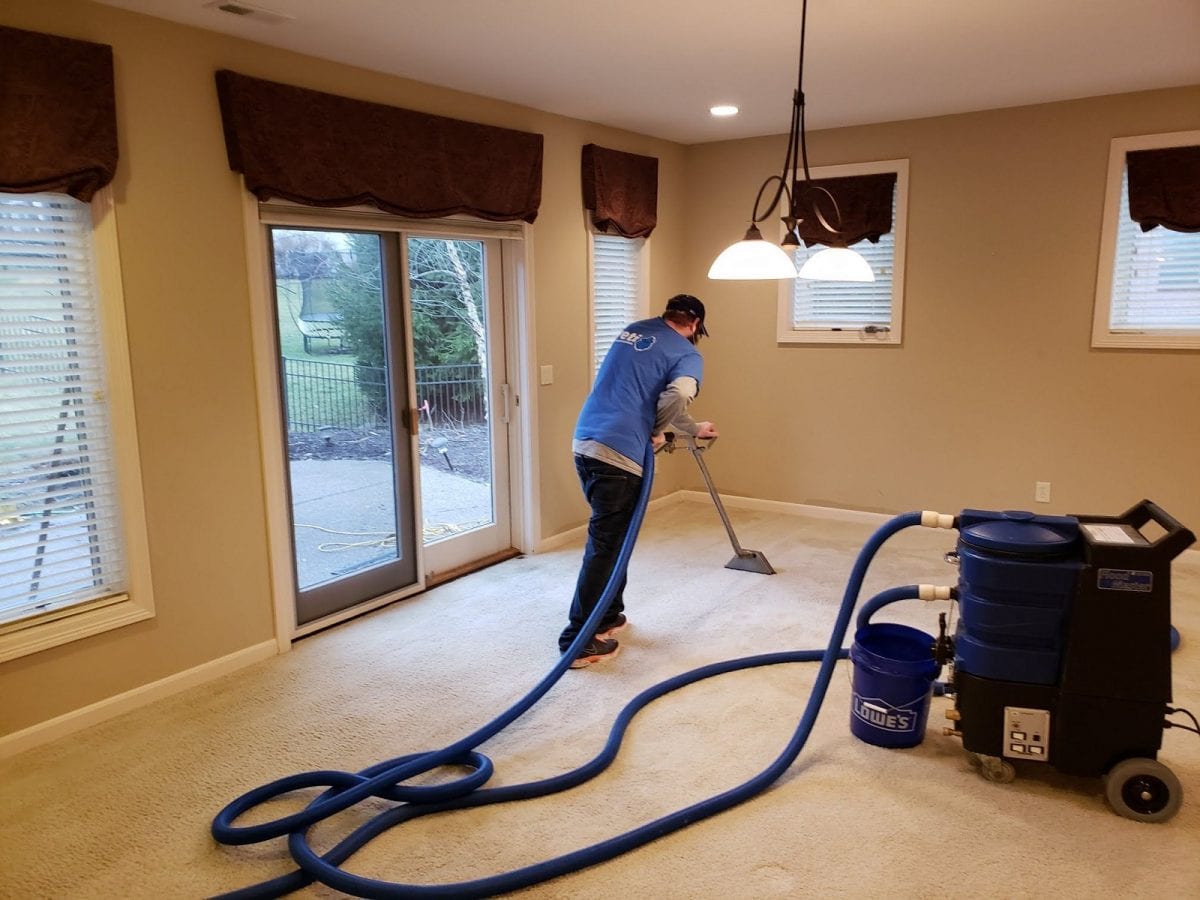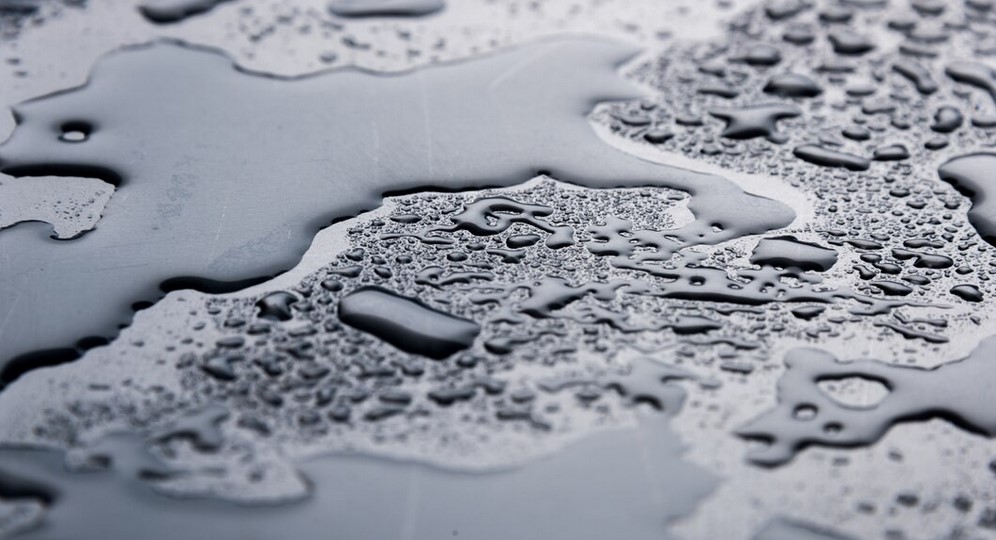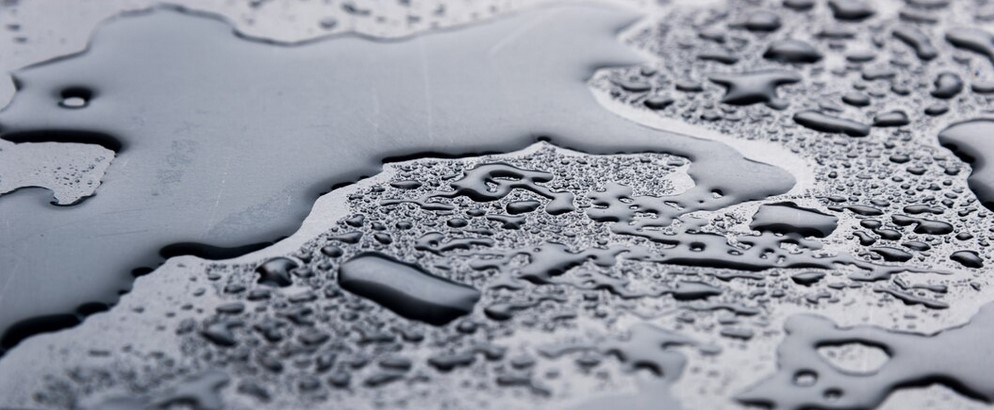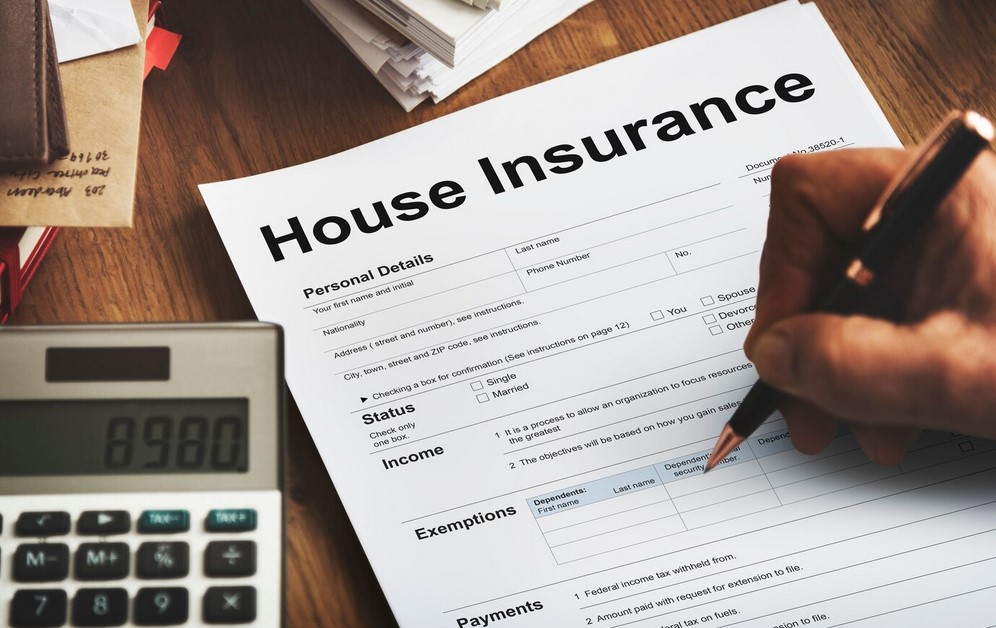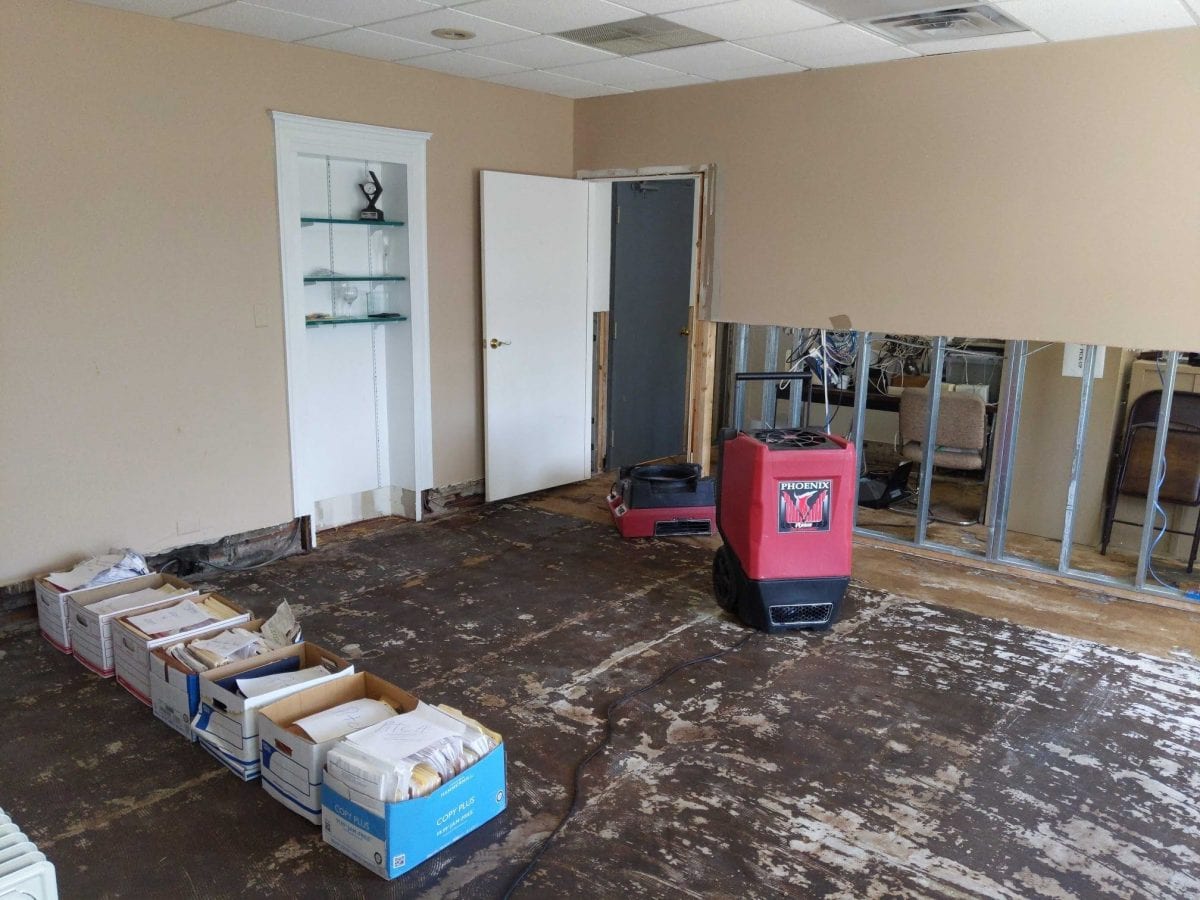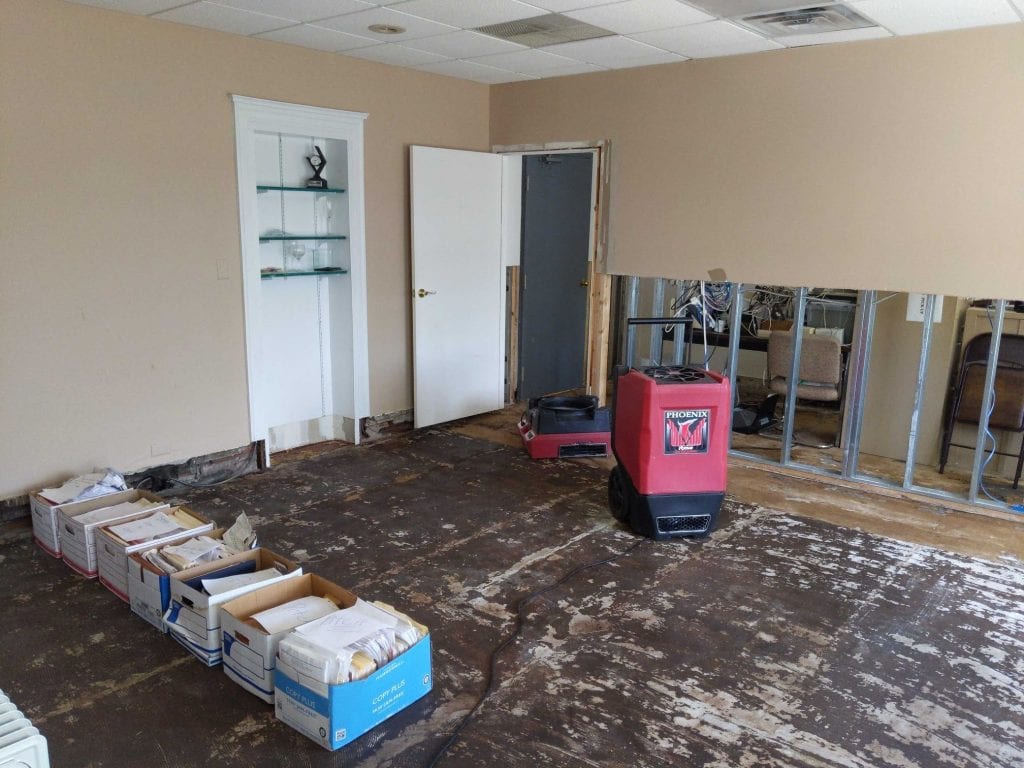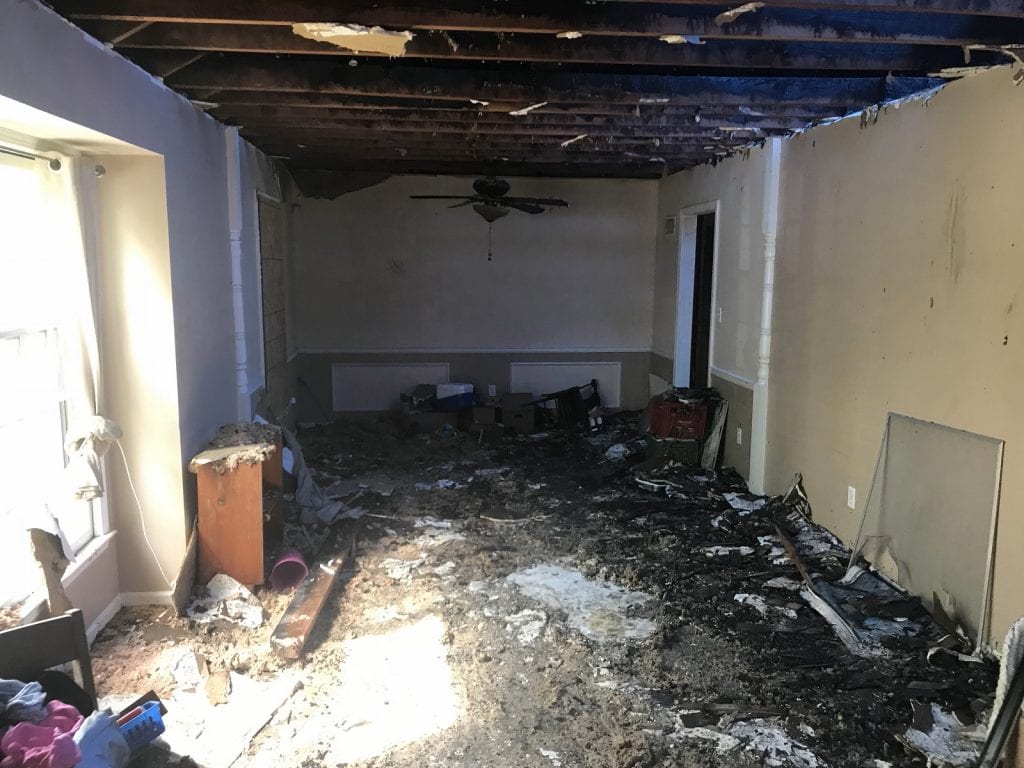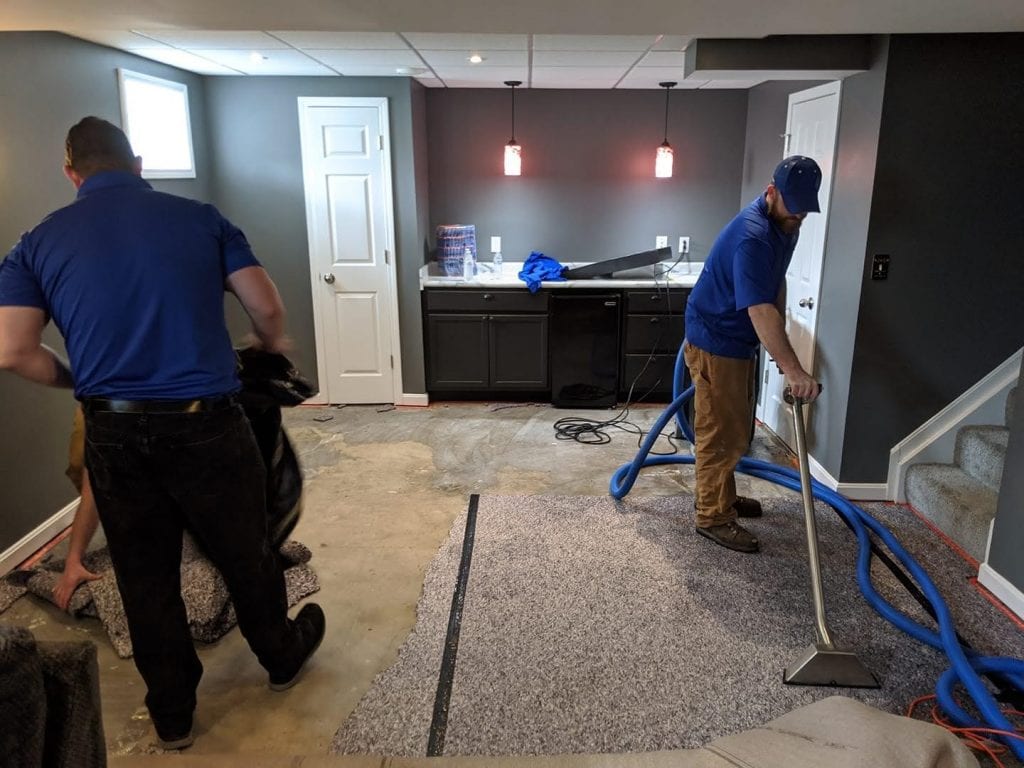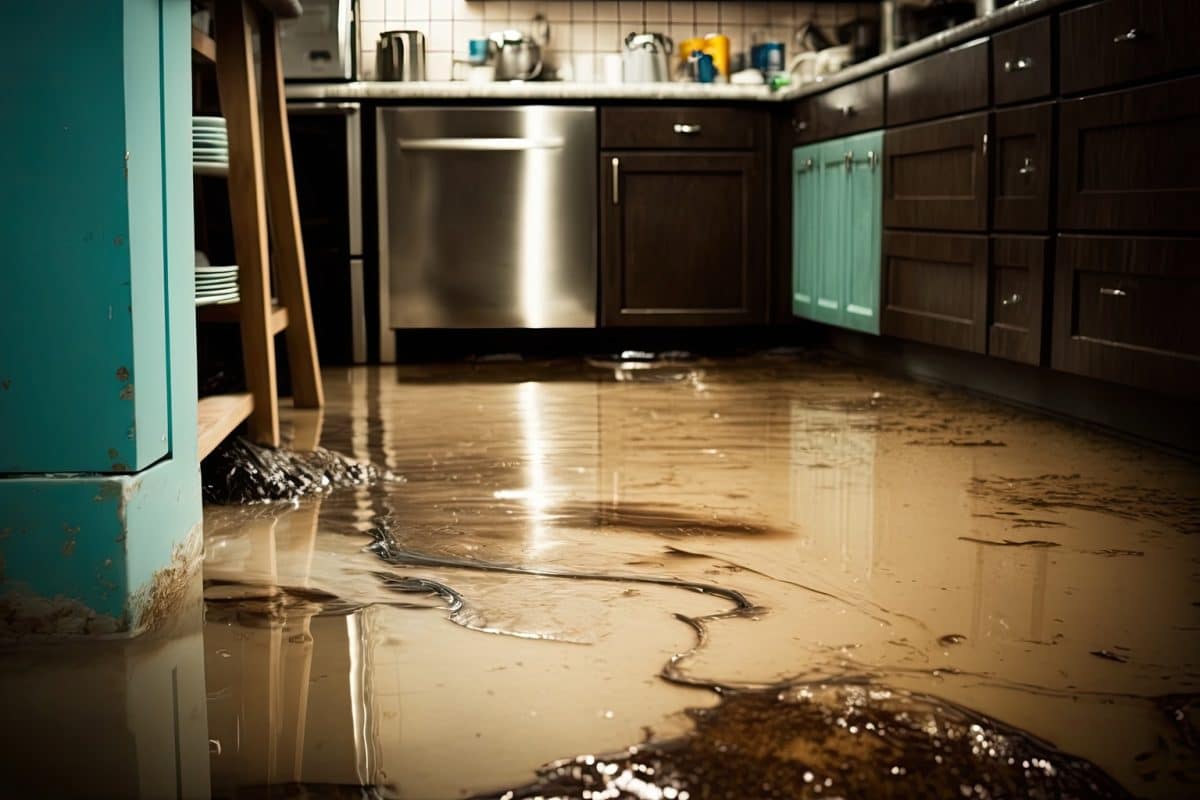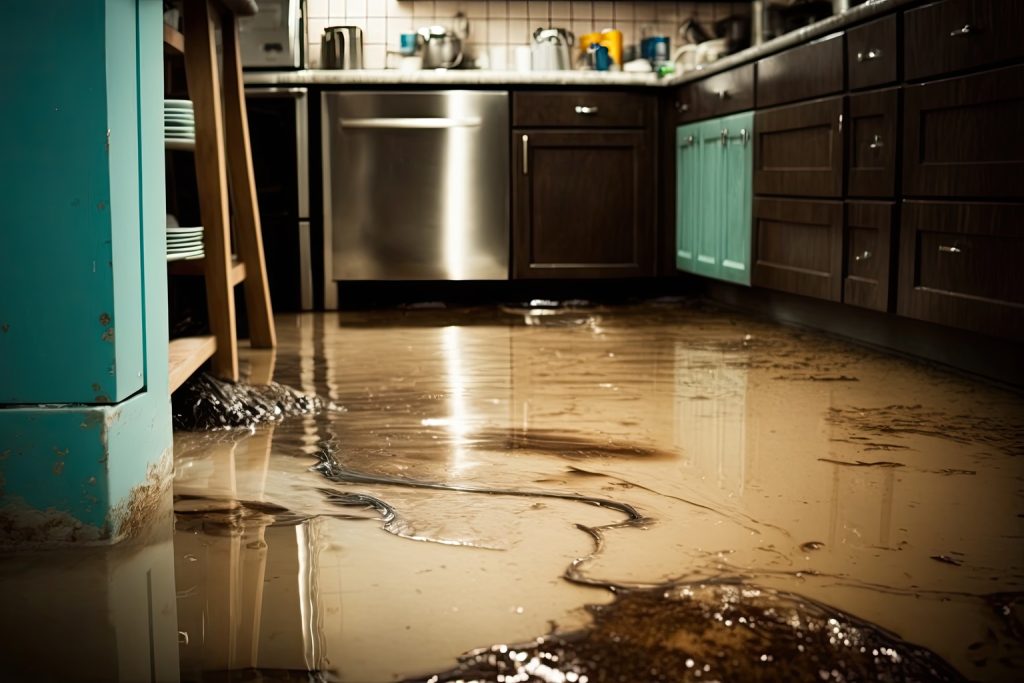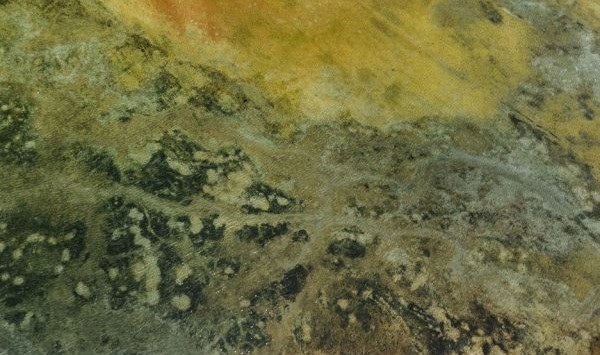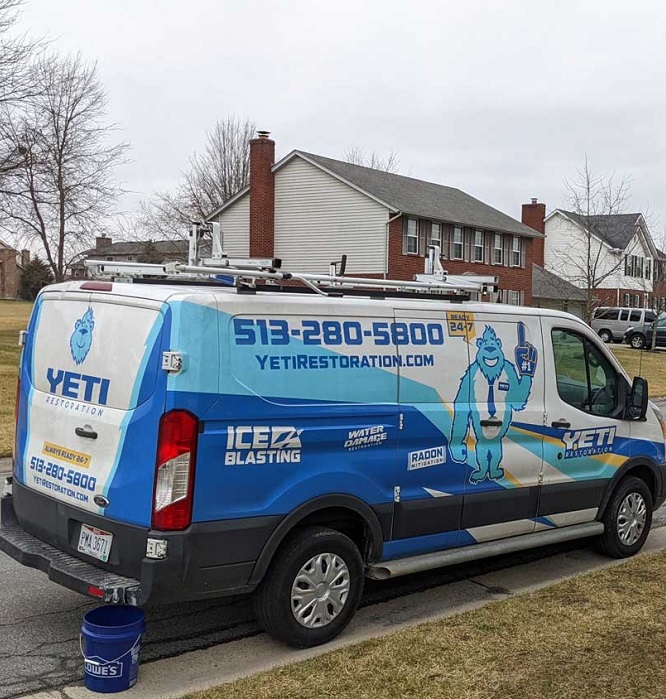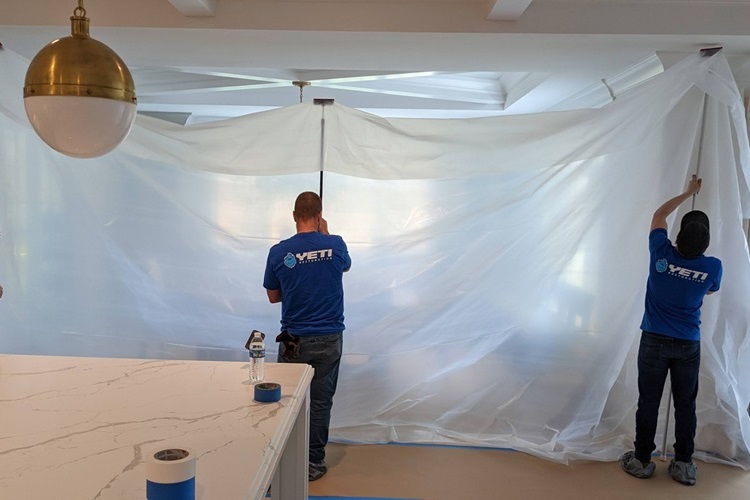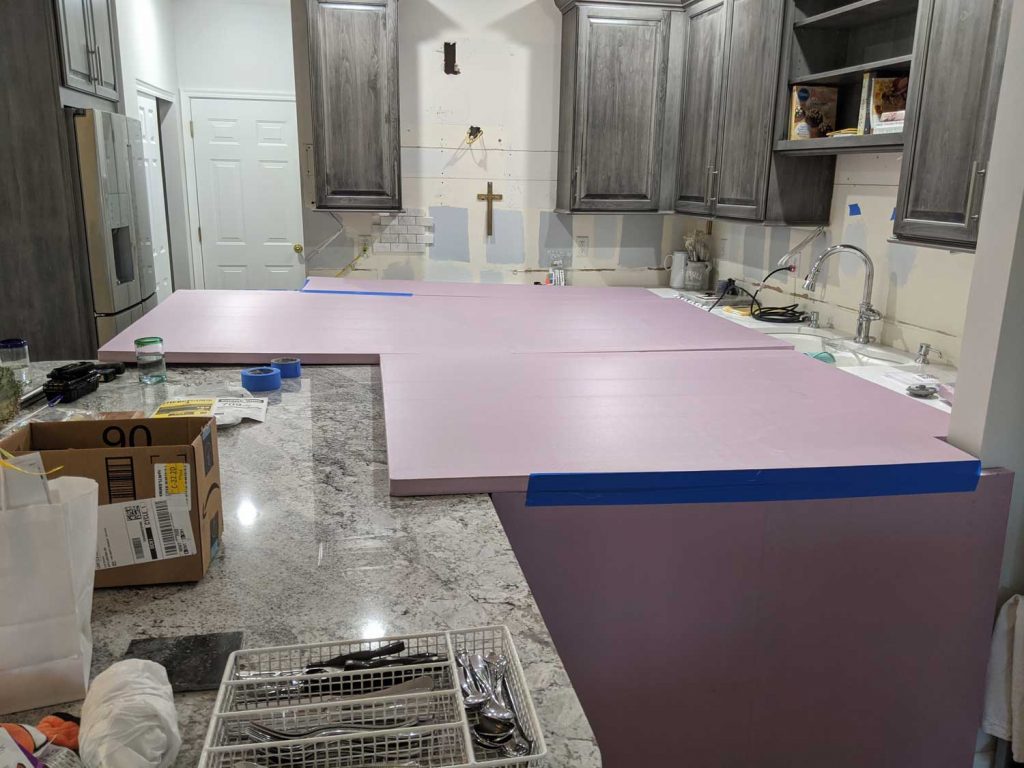Determine if your water damage is covered by your home insurance policy
Not every storm damage expense is what’s called “a covered loss”. You have a contract with your insurance company, which employs exclusionary language that makes navigating insurance for home repairs somewhat more complex. To qualify as a covered loss, the insurance representative (or you) must confirm that this damage to your house was:
1) Sudden
2) Recent
3) Accidental
You need all three. While a leaky roof might be recent, it may not be sudden – indeed, some damaged roofs are not caused by natural disasters, but by negligence. Even if multiple contractors had seen the roof in the past 10 years, a squirrel eating through a shingle last month could leave you bearing the full cost of repair. However, a branch falling through the same spot checks all three boxes!
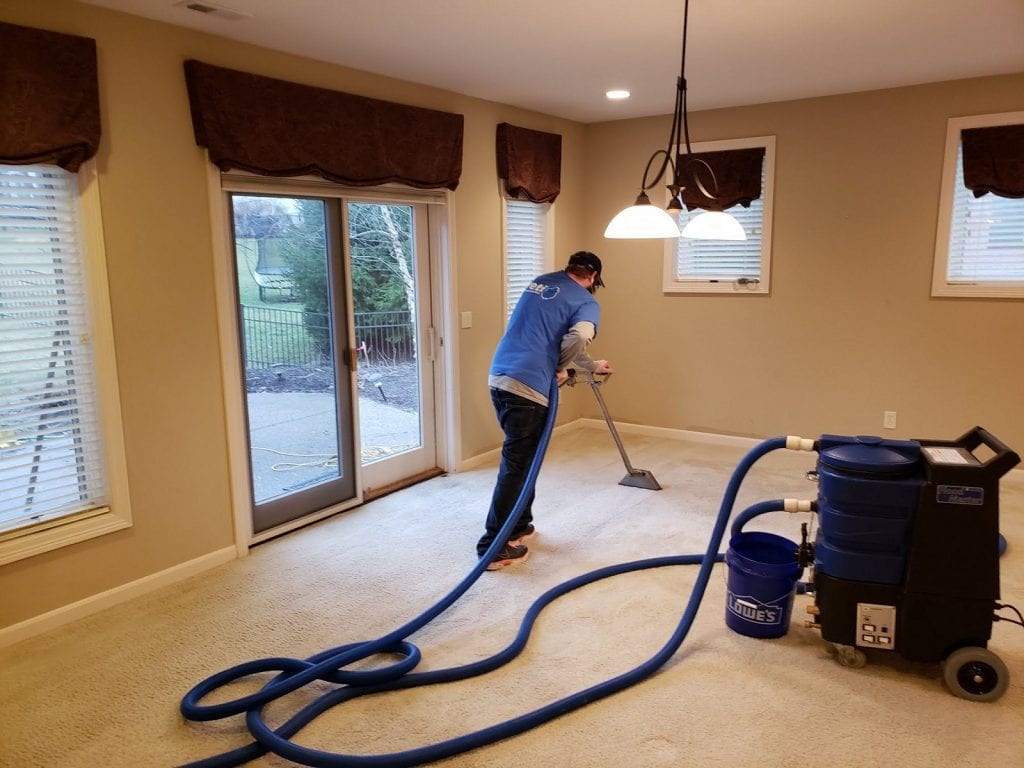
Do your best to figure out what your policy limits are for “dwelling” and “other structures” coverage – don't rely 100% on your adjuster
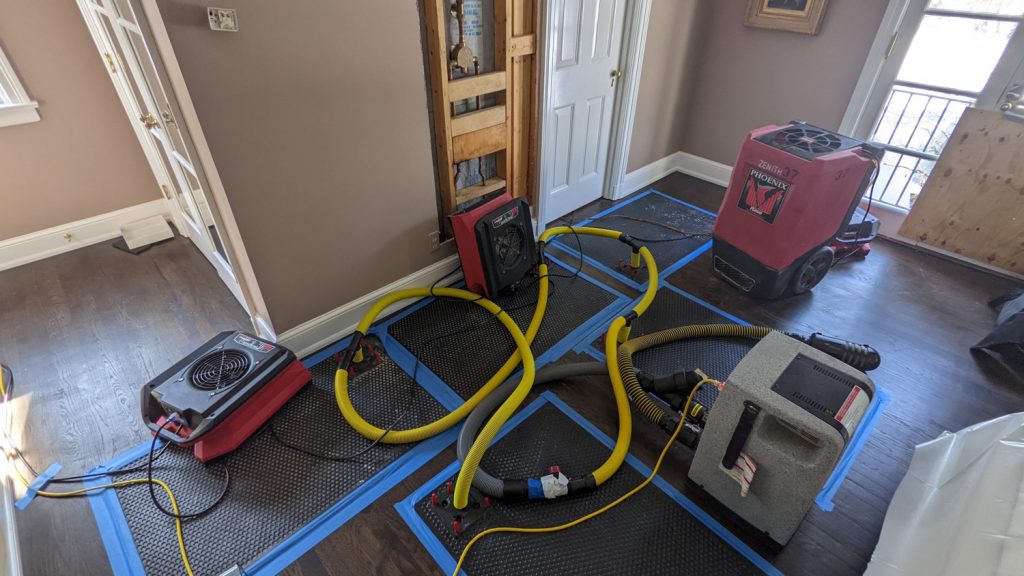
Your settlement amount will be determined by the invoiced costs of mitigation and repair work necessary, as well as damaged contents, and additional living expenses. All insurance companies spell out the total amounts available for each bucket of funding on the “Dec Page” or Declarations Page, way at the front of your contract.
Your homeowner’s policy is the most useful place to find this information, although, after a huge natural disaster or massive personal property claim, you may find you need additional funds. Requesting a certified copy of your policy will often reveal a bonus 10% of your coverage.
This might be best done with your mitigation partner, a friendly claims adjuster or a public adjuster. They’ll know more about your state’s Department of Insurance regulations and the step-by-step process you’d need to follow to do this job well.
Don't file your home insurance claim immediately
We always recommend calling a restoration company first (ideally Yeti Restoration!). Your insurance company notes every interaction you have with them. For most companies, when you start the claims process, even if you later cancel, you produce a “zero claim” which may increase the policy rates for both you and the other members of your household.
For that reason, we recommend seeking professional help to establish a pre-claims process involving assessment by a restoration contractor who can help advise on your claim validity, potential total costs (what expenses may be out of pocket), and whether you might want to turn this over to your insurer.
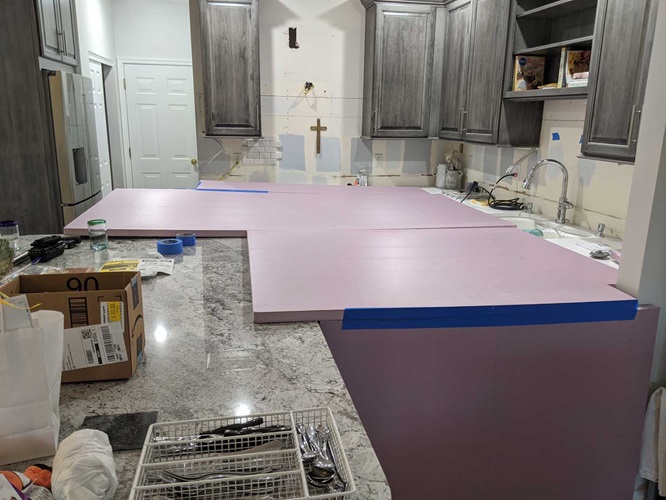
“Additional Living Expense” (“ALE” or Loss of Use) coverage entitles you to maintain your standard of living
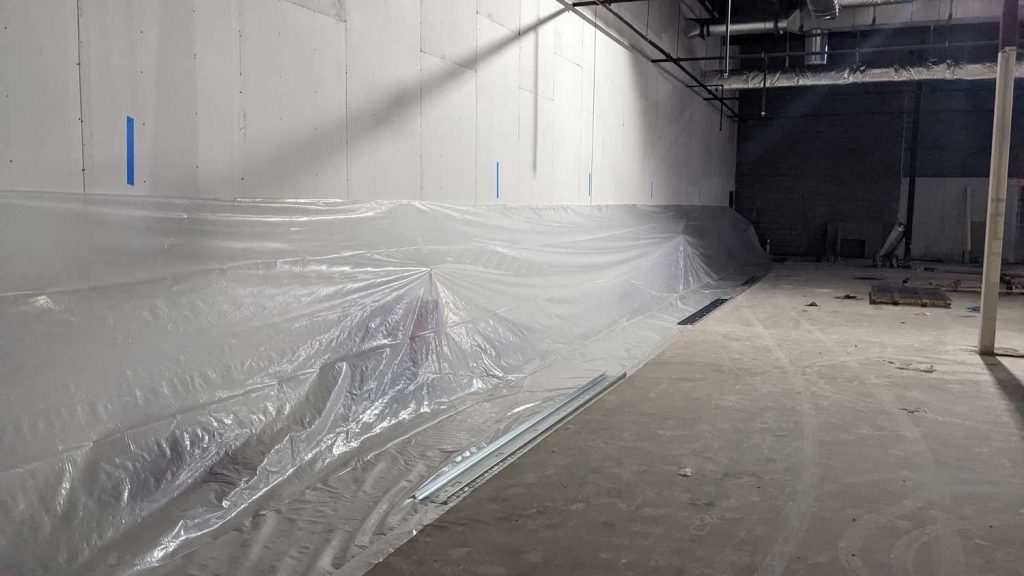
Your mortgage company is still expecting to get paid by you every month, and your insurance coverage needs to be paid, even while you may have to be re-housed. Costs like renting another home while repairs happen as part of this claim, or making a payment for a new internet connection at a temporary house, are additional living expenses, known as ALE. These costs should be covered in your home insurance policy.
If you are now living further from your job, you should save receipts for additional gas in your car. Save receipts for the laundromat, and even for eating out when you wouldn’t usually do that. Many a small payment accounted for makes a big difference in your overall settlement amount, and it’s available to you because you paid your home insurance. This is fair treatment for you, added by your insurance agent in the contract to cover you from bearing the full cost of a claim like this.
The difference between “replacement cost” and “actual cash value” coverage affects how much and when you'll be paid
This payment, in most policies, should be adjusted until it matches your replacement cost.
Some policies, however, are written to save money. They’re cheaper for everyone involved, called an “Actual Cash Value” policy. Your homeowner’s insurance claim in “actual cash value” claims, will pay out the value of the damaged items as they sat yesterday (before the destroyed property was discovered). You may think of this as the Facebook Marketplace value of the item, different to its replacement.
For example, the freestanding bathtub in your primary bedroom may have a replacement cost of $3,000 but, because it’s been used, a cash value of $800. The “actual cash value” policy will pay you $800 and no more, while the replacement value policy will pay an initial $800, followed by an additional $2,200 to cover the full replacement cost of the item.
This payment, in most policies, should be adjusted until it matches your replacement cost.
Some policies, however, are written to save money. They’re cheaper for everyone involved, called an “Actual Cash Value” policy. Your homeowner’s insurance claim in “actual cash value” claims, will pay out the value of the damaged items as they sat yesterday (before the destroyed property was discovered). You may think of this as the Facebook Marketplace value of the item, different to its replacement.
For example, the freestanding bathtub in your primary bedroom may have a replacement cost of $3,000 but, because it’s been used, a cash value of $800. The “actual cash value” policy will pay you $800 and no more, while the replacement value policy will pay an initial $800, followed by an additional $2,200 to cover the full replacement cost of the item.
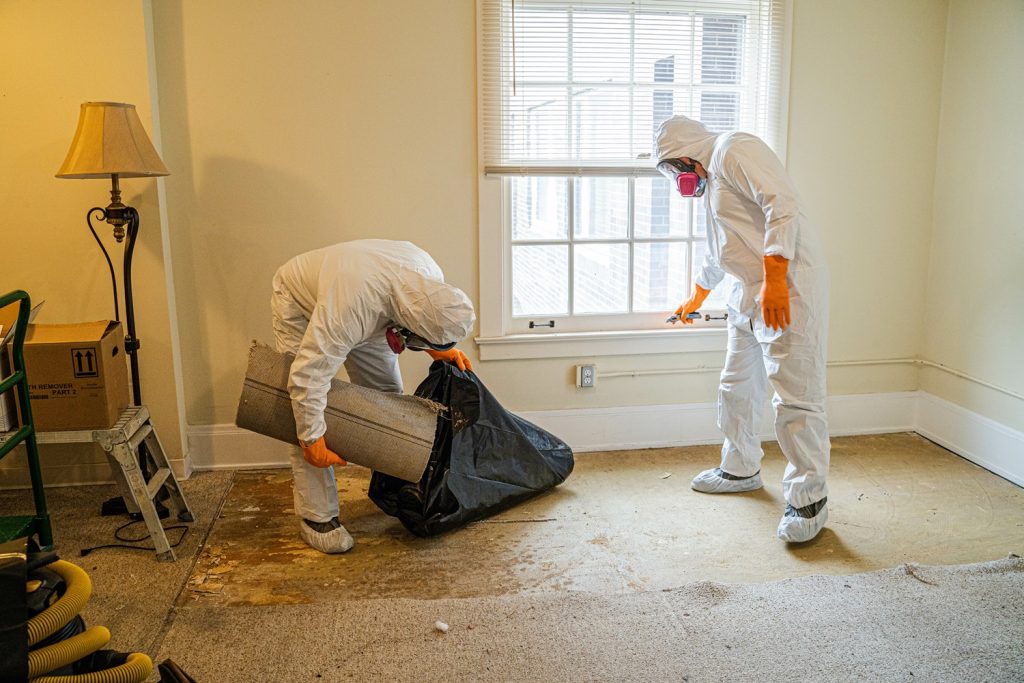
Take photos of the damaged area and any damaged possessions
Throughout your insurance claim, take photos! We document all insurance claims thoroughly with photographs, any temporary repairs and using moisture readings. Through this process, we are trying to confirm there is no insurance fraud, ensuring the homeowner’s insurance claim is as smooth as possible when it comes to payment and money transfers.
Hopefully, the adjuster wants to do their job efficiently and serve the homeowners by making that payment as quickly as possible, but they do need to be able to justify the repair or overall expenses. This can be made much simpler by well documenting the step-by-step process of repairs and mitigation.

